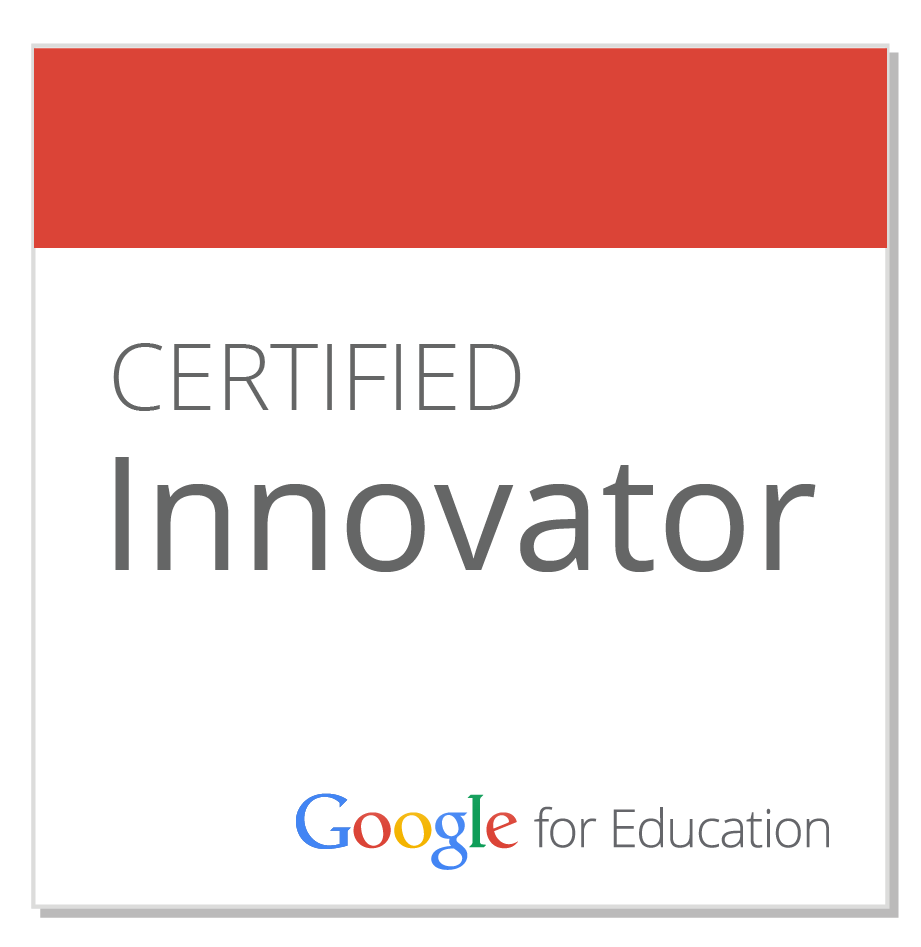There's nothing quite so intimidating to students as delivering an oral presentation in front of their peers. And unfortunately, many students use the opportunity to turn their slides into text-heavy TelePrompTer screens. This might be due to the fact that the students are merely imitating what they see daily in the classroom: how many of us have subjected our classes to bullet point after bullet point, in an attempt to convey as much content as possible in the shortest period of time?
What I have tried to do is provide my students with training on how to communicate effectively, both orally and visually. But I also want to lower their performance anxiety. This is accomplished by sharing the presentation duties: one slide, one student, in a co-created Google Docs presentation. An added bonus was that the students could see each other's work during the creation process, thus upping the overall quality.
Finally, my greatest hope was that they would critically examine the choices they made, in what and how they communicated. Ron Ritchhart, in his Intellectual Character, emphasizes the need for "Routines for Discussing and Exploring Ideas" in establishing an intellectual environment (94). One example is "The Why Routine". In the assignment featured below, students were asked to provide the following for a historical mock trial (on the subject of the Boston Massacre):
- Find an image that you believe represents your witness or their testimony in some way. You should be creative here as long as YOU can explain why you think it is representative of your witness.
- Choose ONE quote that either helps or hurts the Defendant, depending on whether your witness is on the side of the Prosecution or the Defense. Why is it the best quote?
Although the above finished product lacks student voices, the key to this activity was the oral presentation itself. Each time a student presented their individual slide, I asked them WHY they made the particular choices. It was illuminating as they were "making thinking visible": everyone else in the classroom understood the importance of providing a rationale for choices of images and quotes. As you can see, some ideas worked better than others!



